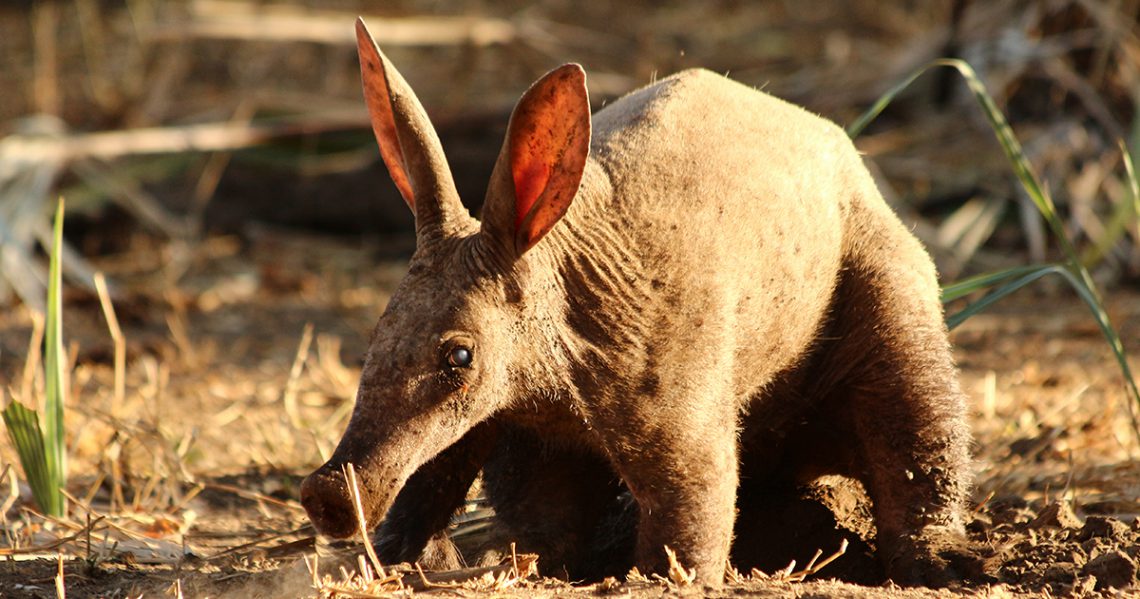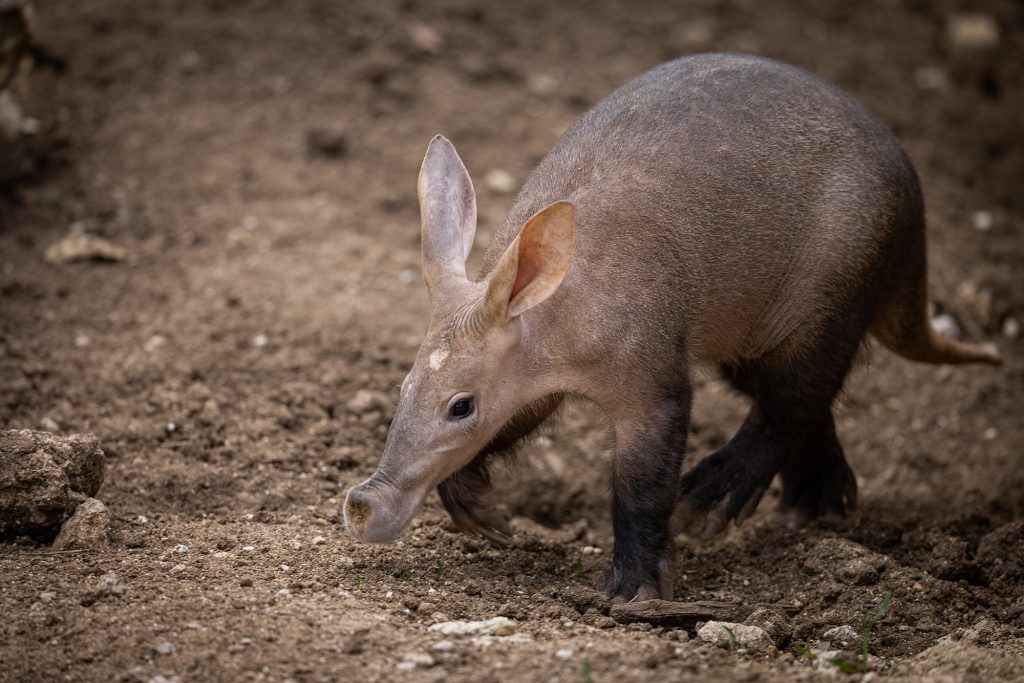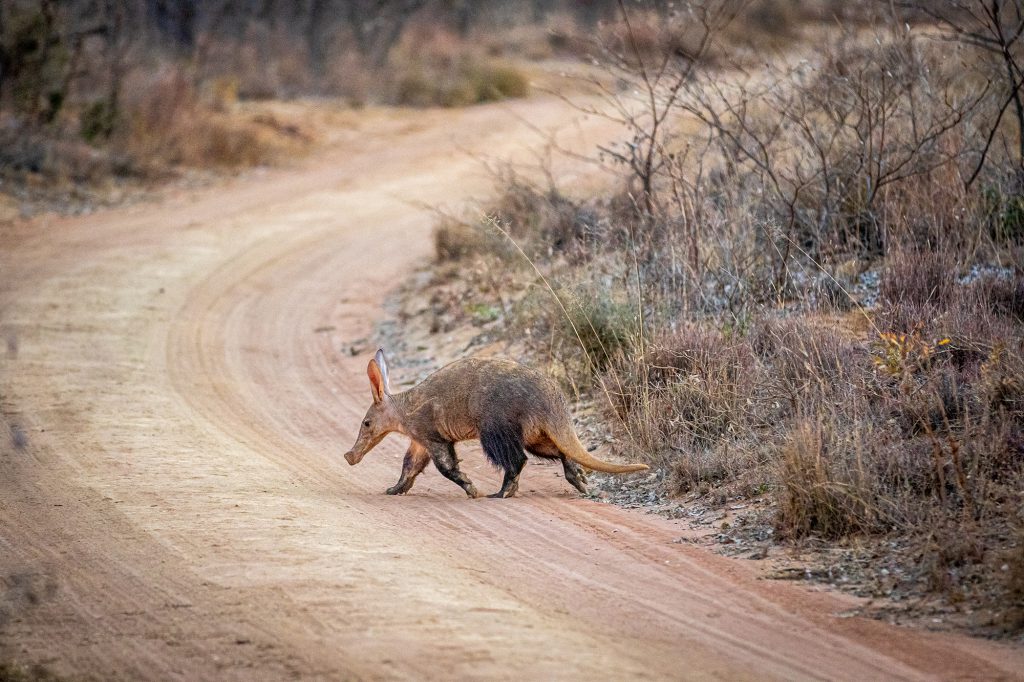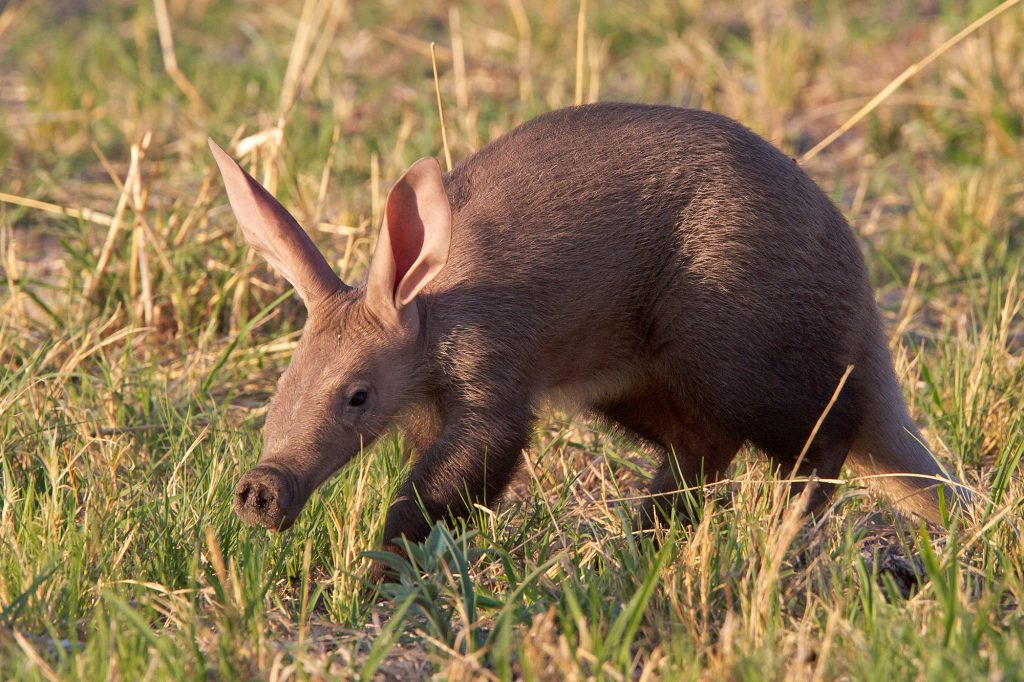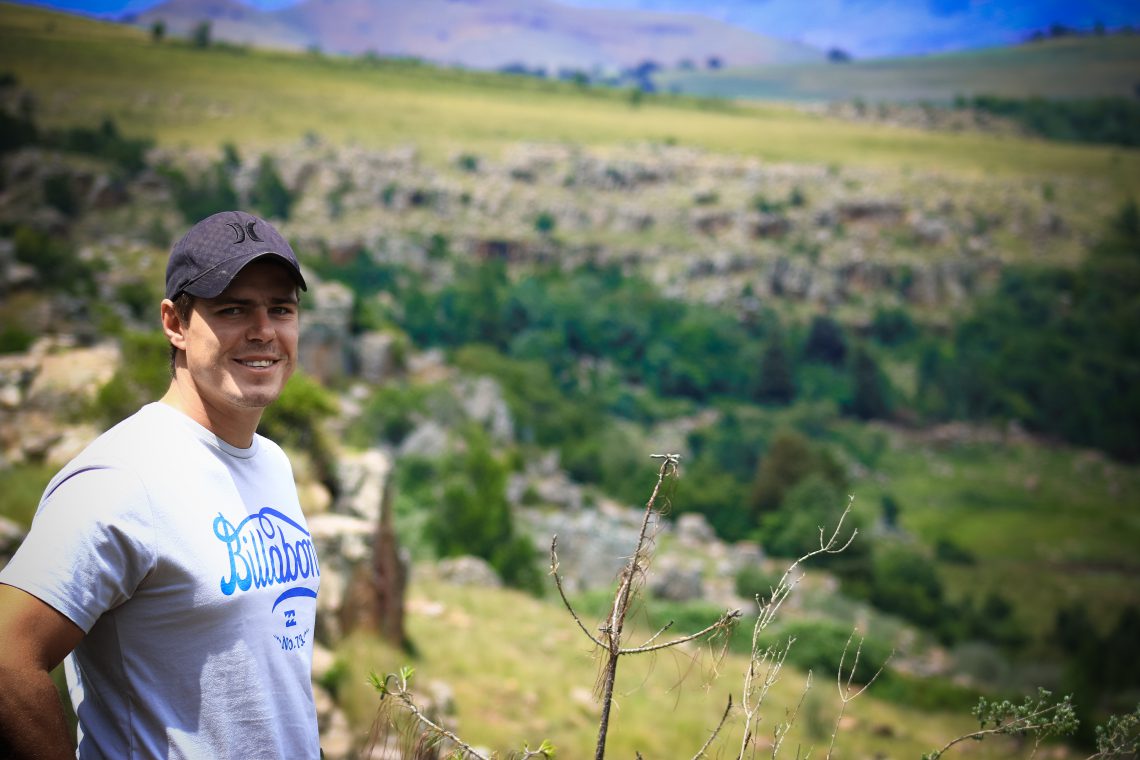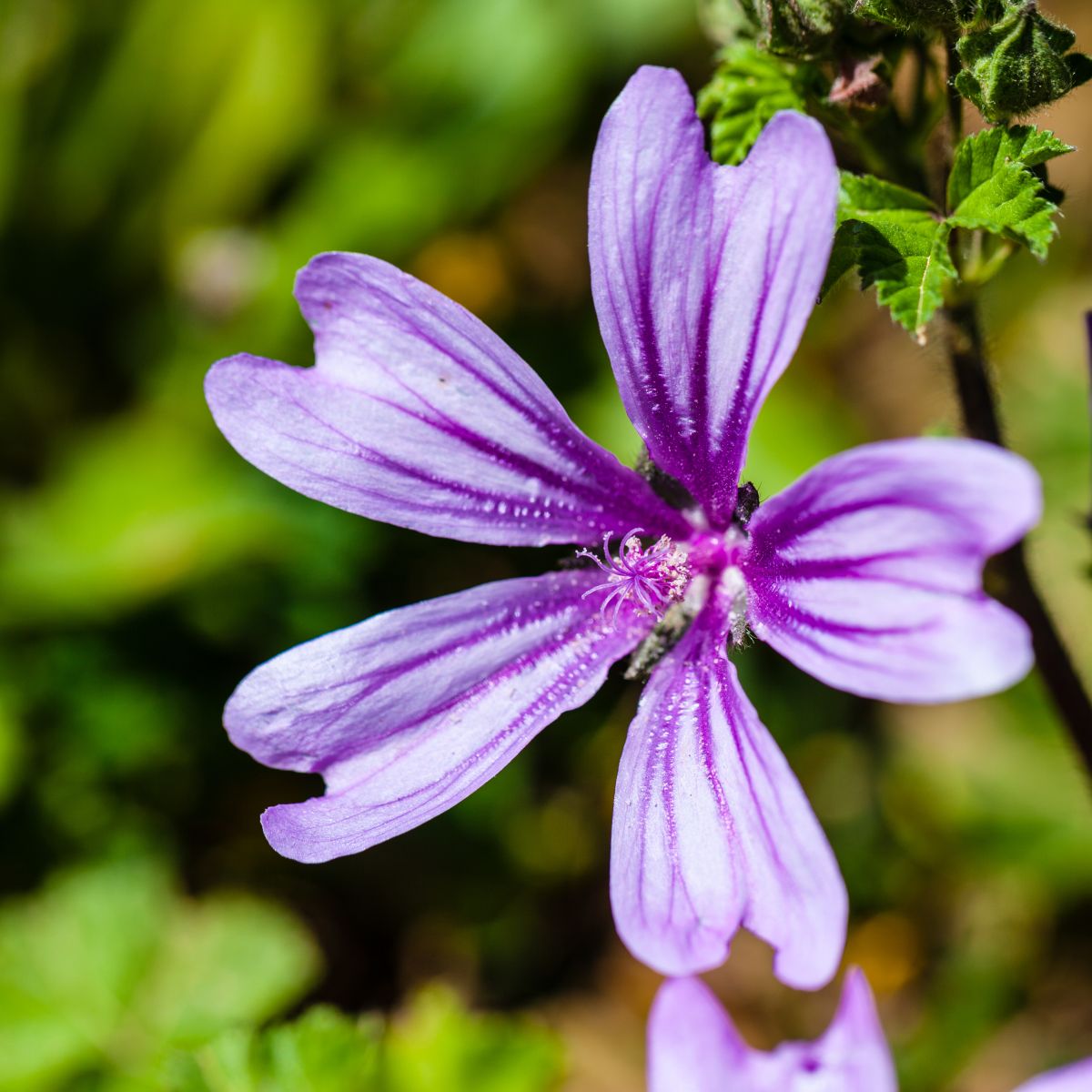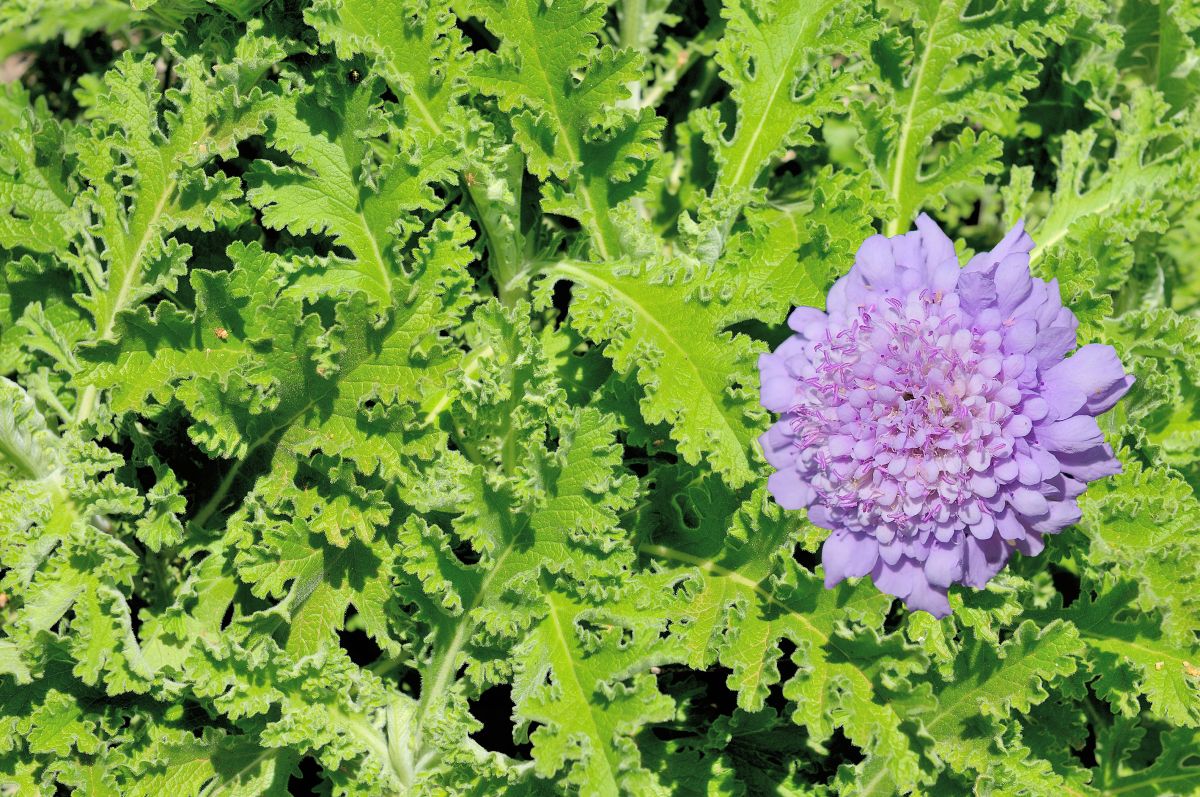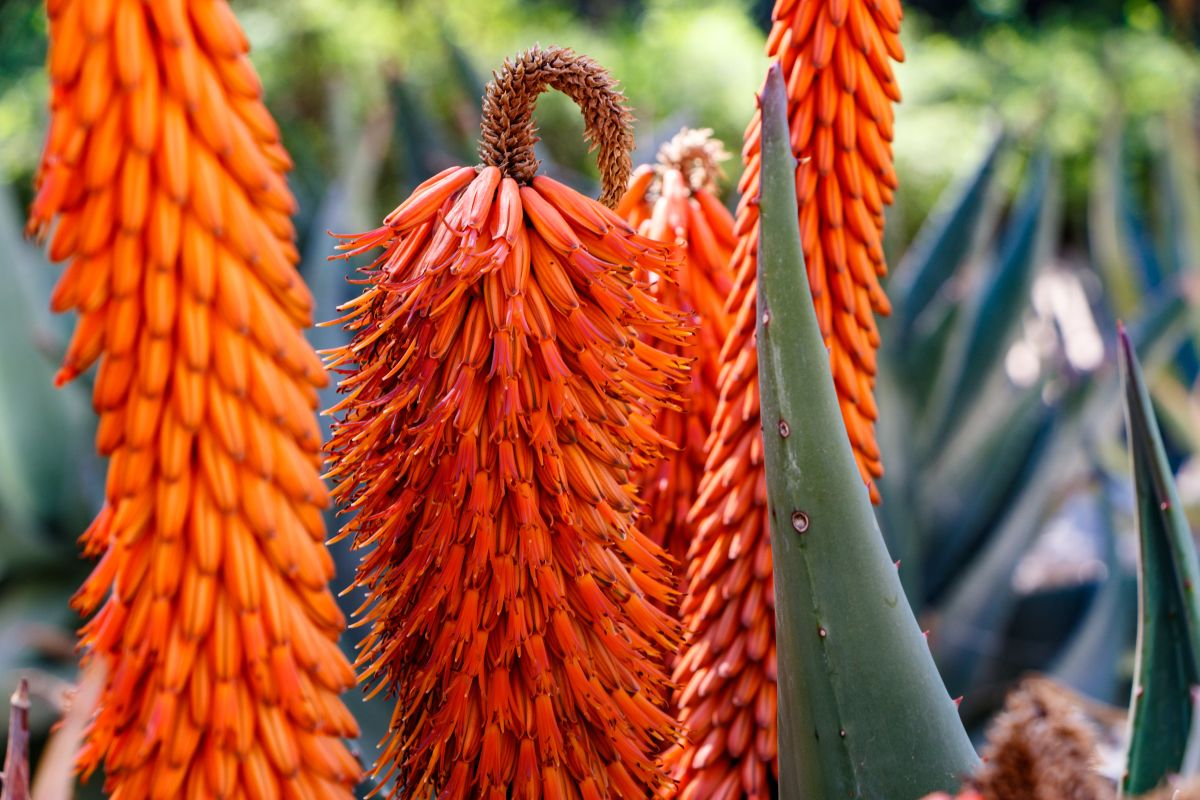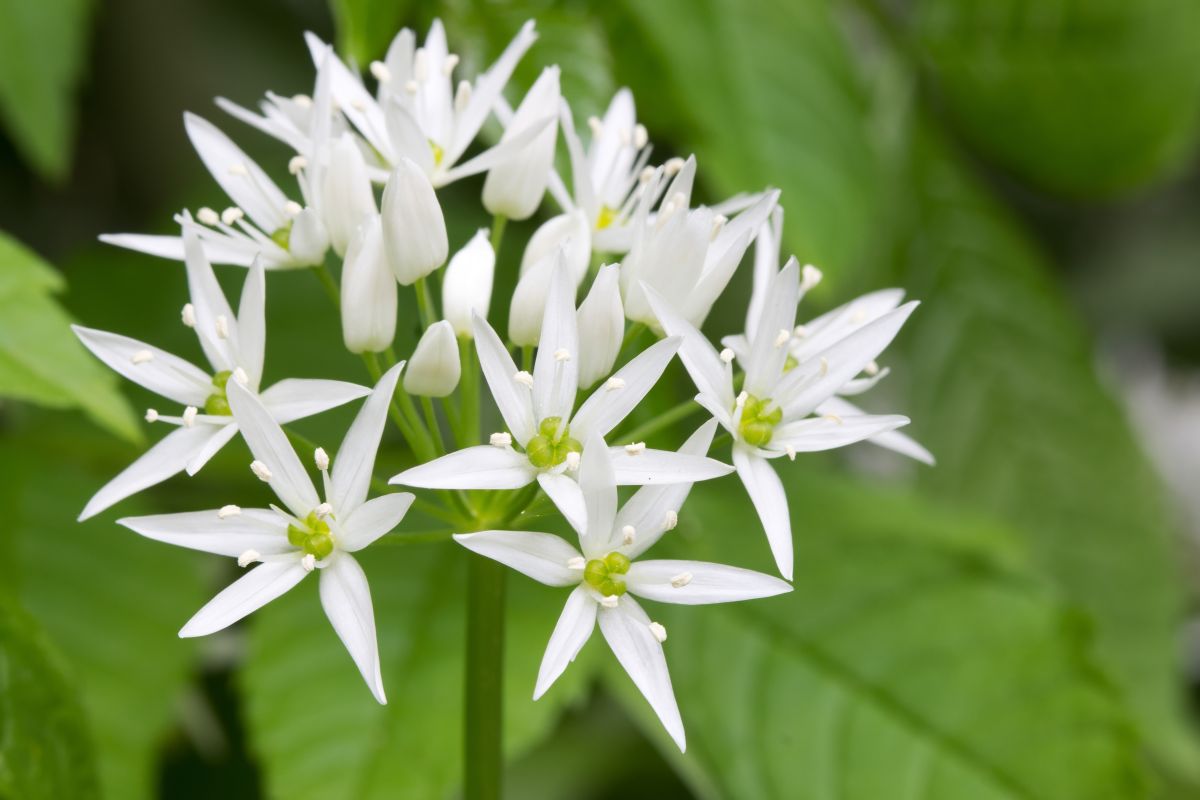My search for the illusive
ORYCTEROPUS AFER
Common names: Aardvark, ant bear (Eng.); Aardvark (Afr.); sambane (Zulu)
I’ve always been a champion of the proverbial underdog. That’s possibly why I have always been a bit fascinated by the ‘lowly’, much over-looked Aardvark. Such an interesting looking creature! Any opportunity I have had over the years to spend time in a nature reserve has always included something of my eagerness to see one in person. Alas, no such luck! But, my hopeful search continues…
These amazing long-eared (rabbit?), long-snouted (greyhound x pig?), long-tailed (kangaroo?) critters are like ninja ecosystem engineers! Their burrows create an essential micro-living environment for a whole host of other creatures that would not survive certain climate conditions without this shelter. As many as 25 mammals, 7 birds, 6 reptiles and 1 amphibian have been found to rely on Aardvark burrows; both for short or long-term housing and as a place to raise their young. The importance of Mr Aardvark’s landlord role is highlighted by the fact that one of the birds that builds their nests in Aardvark burrows is the Critically Endangered Blue Swallow! Naturally, any impact on Aardvark presence and numbers could have significant impact on their survival.
Sadly, Aardvarks are hunted for bushmeat and are in high demand in the traditional medicine trade and have been documented in traditional medicine markets in Gauteng and the Eastern Cape. In addition to this menace, Aardvark habitat loss is, unfortunately, a matter of course, due to farming and human development and expansion.
Aardvarks are nocturnal and are found throughout Africa (south of the Sahara Desert). They have exceptionally powerful feet and claws, which they use to dig their burrows. Their burrows are often complex and extensive and have multiple entrances and exits. Their claws are somewhat spade-shaped making them very efficient for digging. Once the sun sets and the day cools down, they emerge from their burrows and put their ‘spades’ to good use to dig into termite mounds to reach their favourite food. While they do eat ants, which makes them “ant eaters” they are not “Anteaters”, a completely separate species native to South America.
Did you know? These earthmoving machines can dig up to .6 metres in 15 seconds!
They are the only living representative of their species classification order, Tubulidentata and it is thought that their closest living relatives are golden moles and elephant shrews. These solitary animals only join up to mate. Females are pregnant for 7 months and only ever have 1 baby at a time and no more than 1 baby a year.
If you think these animals are fascinating too, why not ask your Mabalingwe-VRS Game Ranger about possible sightings on the Reserve, on your next Game Drive?
You can contact the Le Fera Mabalingwe-VRS Ranger Team via Reception on +27 (0) 14 001 7011

